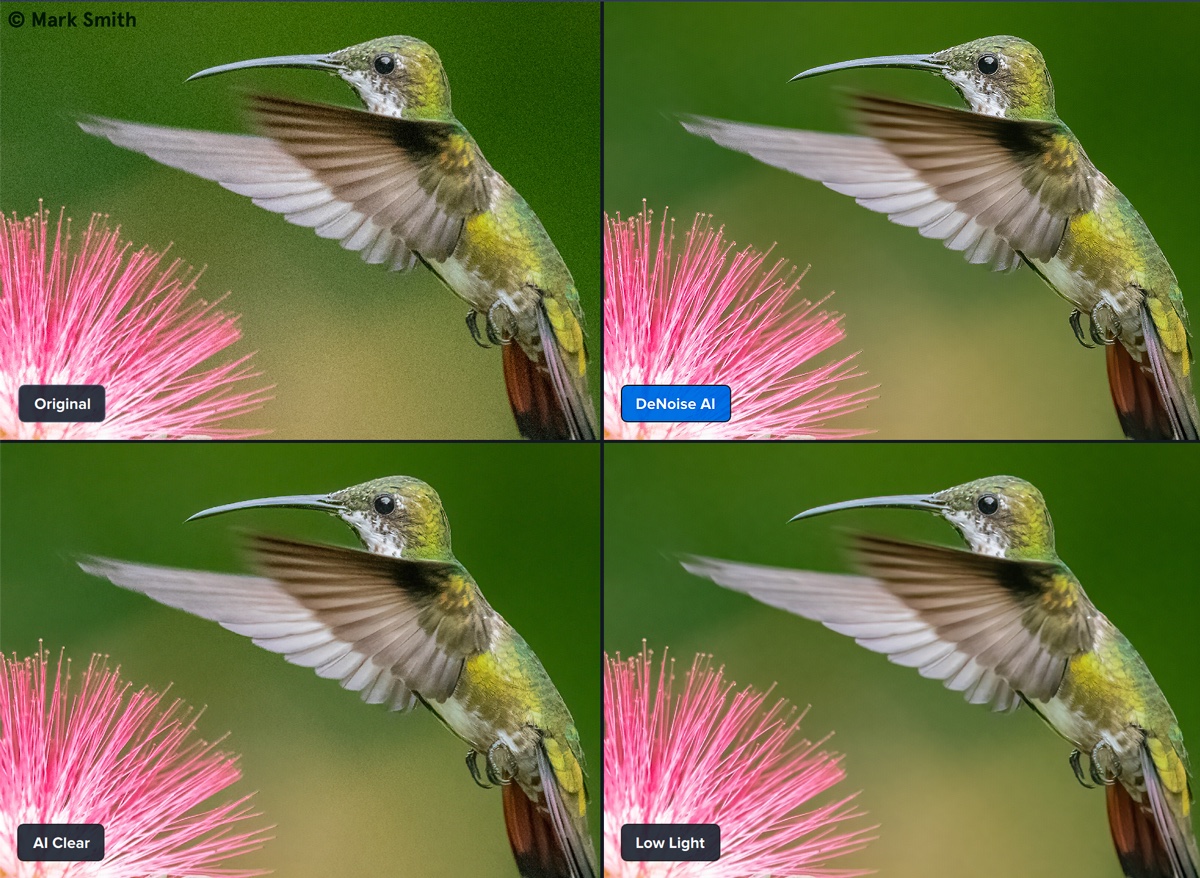

- Topaz denoise astrophotography how to#
- Topaz denoise astrophotography full#
- Topaz denoise astrophotography registration#
- Topaz denoise astrophotography software#
I found improvements in speed in the new version of this software. It launches faster than the older version used to. Try switching between preset options to find out the increase in speed.Īs the newer version has an improved and better grain engine, it provides additional visible details in the images. Those who want the application to do the job automatically will be pleased to know that there are additional presets.

The developers have included the Astro and night shot presets for correcting pictures taken at night as well as astrophotography. Those who want to use their photographs for the web and for displaying on mobile will love the optimization/ denoising presets. TOPAZ DENOISE AI ASTROPHOTOGRAPHY PROFESSIONAL.
Topaz denoise astrophotography how to#
TOPAZ DENOISE AI ASTROPHOTOGRAPHY HOW TO.The video is based on the process I used to create the Daytime blue moon.

It can work wonders with a blurred image.ĪI-assisted noise reduction? Yes, please! This works as advertised and is almost always my final step.
Topaz denoise astrophotography software#
Image processing software used mainly for sharpening and bringing out detail. The “bees knees” or best of the best (in my humble opinion) software for processing astrophotographs. Creates sharp images out of your source input. This is stacking software that can align images based on features then uses a grid of points to average the signal over the input frames.
Topaz denoise astrophotography registration#
Think of this as registration or star-alignment for solar system targetes. It can center or crop, adjust the histogram, align based on outline or features for close-ups, filter by quality and create files or videos for output. This software reads images and normalizes them. Just one of many options for power “in the field.”Īll the software that I use with the exception of PixInsight and Topaz DeNoise is free.
Topaz denoise astrophotography full#
For other uses, checkout my SkyWatcher Star Adventurer Mini (SAM) full review and guide. This is an incredible star tracker, but here I’m using it with the equatorial wedge and counterweight to make it easier to manually track the moon. Small plate that the image train mounts to that can be attached to a tripod.Ĭonnectors for the plate (this came with my mounting brackets). The cable needed to power the infinite battery. “Infinite battery” to power the camera from a power brick with higher capacity than the camera’s battery or even connect to continuous power. This in turn changes the magnification (not the focus).Īllows connecting the Sony E-mount to an astrophotography component. This tube slides to change the distance between the Barlow and the camera lens. Lens that can double or even triple magnification to 800mm or higher.Įxtender to “step down” from larger M48 threads to smaller M42. Partĭoublet refractor telescope with a focal length of 420mm at f/6. That commission helps me pay for equipment and software to keep Deep Sky Workflows going, so “thank you” if you choose to support me that way. I am sharing my affiliate links and if you use them I may receive a commission should you choose to make a purchase. Everything was purchased by me and no sponsors were involved in this video. These are the exact items I used in the shoot. This video covers the whole process from assembling my gear to producing the final photograph.

As a beginner, I would often get frustrated when videos showed part of the process but glossed over the important steps. I named this website after the fact that most images in astrophotography are the result of a workflow to process multiple source “frames” into the final result.


 0 kommentar(er)
0 kommentar(er)
